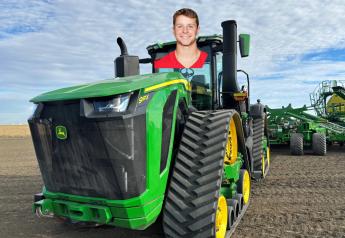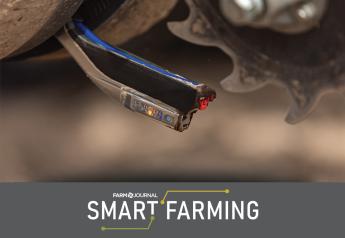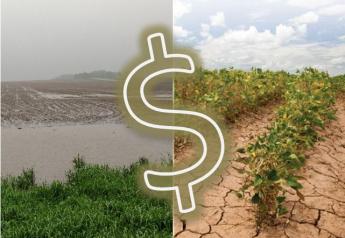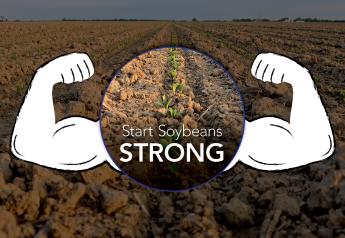Three Things Farmers Can Do Today To Prep For Blockchain

Blockchain could be minimized as just a buzzword, however, many developments point toward blockchain being important to farmers and others in the ag industry much sooner—and not later, such as this report from CoBank.
“We’re right at the end of the hype cycle—and are about to enter the happening cycle,” says Elena Dumitrascu, co-founder of TerraHub, a blockchain education, consulting and accelerator company. “When I think about how blockchain could be applied in agriculture, the first thing I think about is increased profit margins.”
She explains that as blockchain enables all entities to work on a shared digital ledger, it reduces waste in the process and has the potential to get the farmer paid sooner.
“For farmers, now is the time to wrap your business mind around the opportunity,” she says. “Understand from start to finish, what happens in your business, how do you grow the business, and how you get paid faster.”
Through a proprietary methodology created by TerraHub, Dumitrascu describes what actions farmers should take today to prepare for the arrival of blockchain.
- Evaluate your procurement process. This includes selecting vendors, technology tools used for purchasing supplies, and how you close those contracts. “Research what type of network marketplaces exist today to let me buy/sell anywhere in the world, whether I do or not, that’s not the point. Just know what you have access to,” she says.
- Know your operation’s entire cycle. “From order delivery, to how you produce your products, and then deliver those products, have eyes on the entire cycle,” she says.
- Assess your accounting process. “Confirm that you are getting paid for everything you’ve done, and that you’ve collected from everyone,” she says.
And as starting point in the process of adopting blockchain, Dumitrascu mentions that farmers can start as simple as a series of conversations.
“Reach out to your best customer, and reach out to your best vendor. Ask them if they can start working with you on a shared system, and you don’t have to call that a blockchain, but it starts the approach,” she says.







